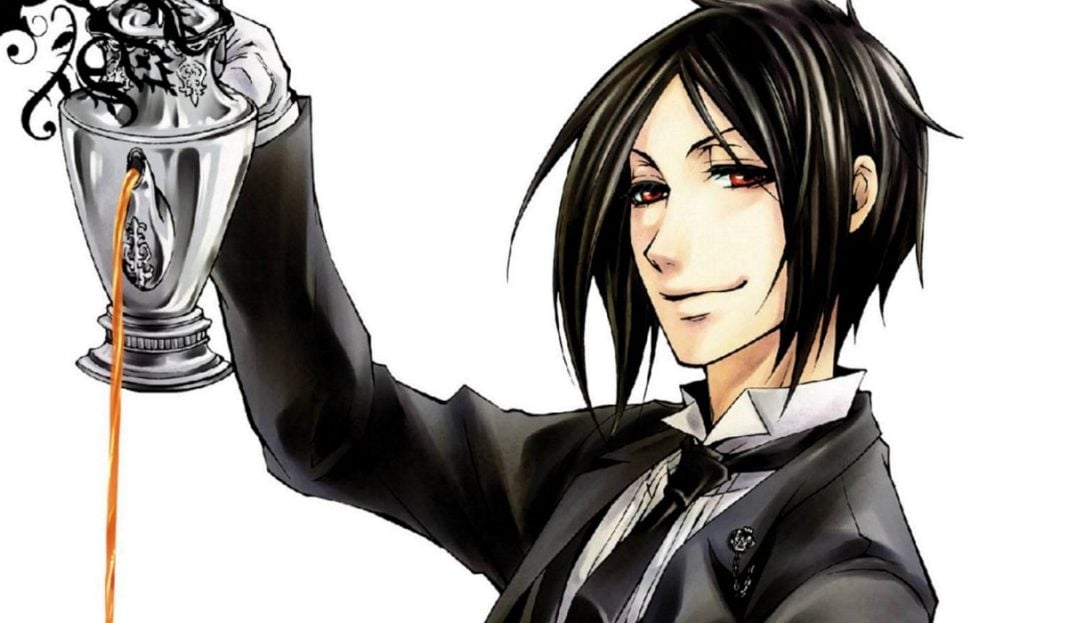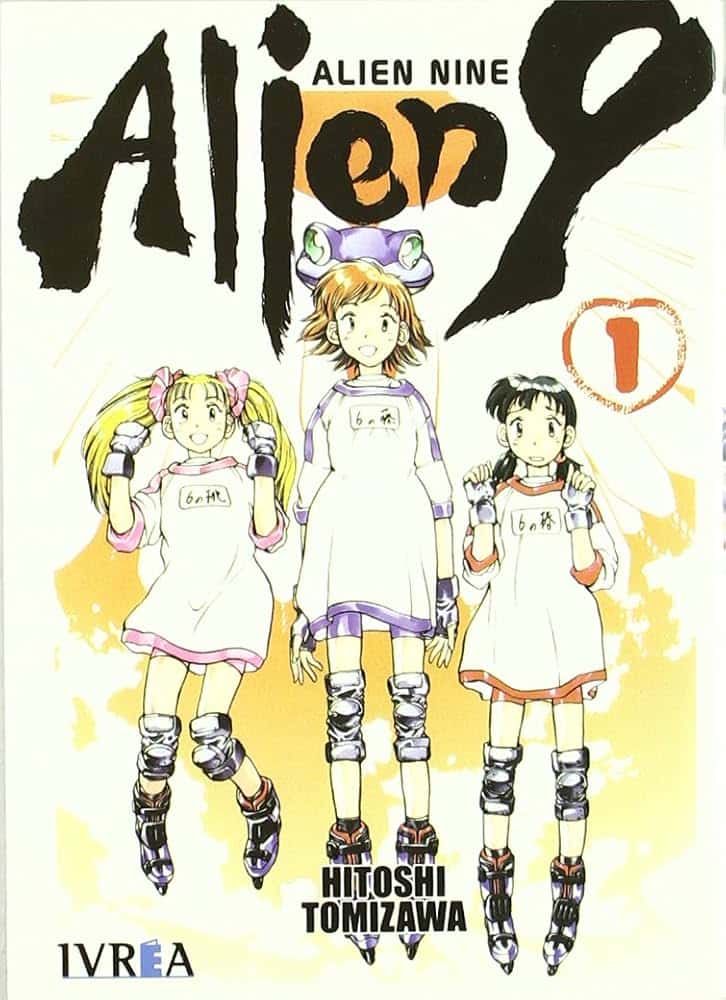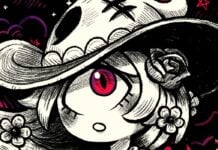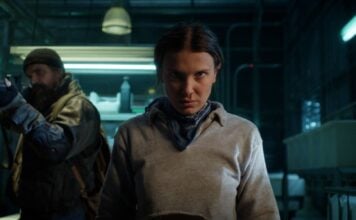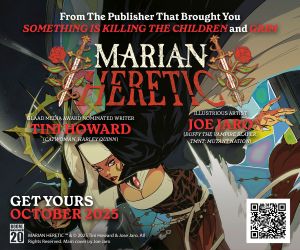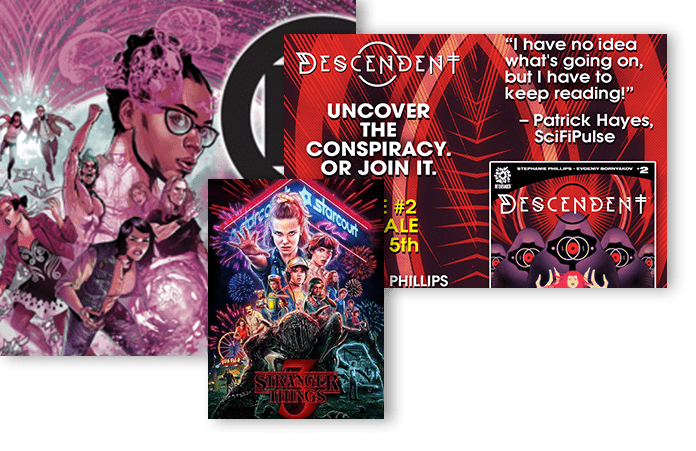With more people reading manga and Webtoons (aka vertical scroll comics) than ever before, Beat’s Bizarre Adventure gives three writers an opportunity each week to recommend some of their favorite books and series from Japan, Korea and elsewhere. This week we have devilish butlers, the after school program from hell, and, of course, architecture.
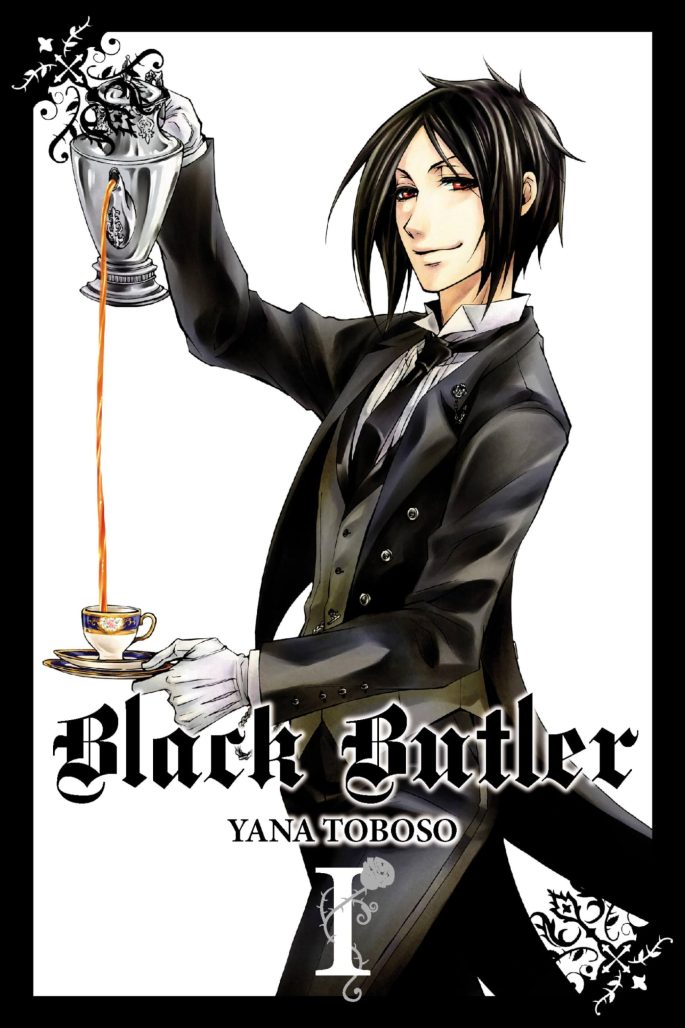
Black Butler
Writer/Artist: Yana Toboso
Translation: Tomo Kimura
Lettering: Tania Biswas
Publisher: Yen Press
Black Butler is very close to celebrating twenty years since its serialization began in 2006. It’s one of the first manga series I read, and I’m shocked by its longevity as well as how it continues to surprise me even after so many years.
Set in Victorian-era London, Black Butler follows twelve-year-old Ciel Phantomhive, the Earl of Phantomhive and Queen’s Watchdog. Two years ago, his birthday became a nightmare when his family was attacked and killed. Ciel was the only survivor; he was taken and sold into slavery where he suffered physical, emotional and sexual abuse at the hands of a demon-worshiping cult. Fueled by hatred and anger, Ciel signed a contract with a demon in order to take revenge on all those who hurt him and his family, using his soul as collateral.. The demon now wears the form of a butler and calls himself Sebastian.
Black Butler began as a dark comedy in which Ciel and Sebastian solve seemingly unrelated cases. At the midway point, though, the secret of what happened that fateful night starts to unravel. The full reveal threw everything the Black Butler fandom thought they knew into question.
Black Butler is quite different from other shonen series. Ciel is an unconventional protagonist for the demographic; he’s snarky, bratty, and every bit a child, but when he’s in front of adults who have already written him off because of his stature and age, he appears confident and sure of himself. Other characters in Black Butler are similarly distinct, with backstories that help readers understand why they are the way they are. I especially enjoy how Yana Toboso scripted female characters like Elizabeth.
Anyone who enjoys dark comedy and clean, aesthetically pleasing artwork ought to give Black Butler a try. Don’t worry: I don’t expect it will end anytime soon. — Hilary Leung
Alien Nine
Writer/Artist: Hitoshi Tomizawa
Translation: Laura Jackson & Yoko Kobayashi
Retouching and Lettering: Wilson Ramos
Designer: Veronica Casson
Publisher: CPM Manga
Sixth grade is tough for Yuri Otani. First because she’s a crybaby. Second because she was elected to be a member of the Alien Party, which hunts and captures local extraterrestrial creatures. Third because she must care for an alien symbiote called a Borg, which sits on her head and drinks her sweat. Disgusting! So long as she and her fellow Party members survive the year, though, they’ll be home free. All they have to do is avoid the alien on the roof, stay out of the Spaceship Forest, and never cross the Sunflower Clan. Easier said than done, especially if their advisor has anything to say about it…
Hitoshi Tomizawa’s Alien Nine began serialization in 1998, the same year as Mohiro Kitoh’s “evil Pokémon” manga Shadow Star. “Cruel things happening to children” manga and anime have since spread through culture like fungus. It’s no longer novel. So why does Alien Nine still hit? Part of it is the aliens; the Borg are especially brilliant, combining frog-like cuteness with drill tendrils and freaky white hair. Their foes are more uncanny but just as creative in their designs. They look just enough like real animals and plants that their differences are genuinely unsettling.
Alien Nine is a conspiracy story in a similar vein to fellow 90s classic Neon Genesis Evangelion. Every step Yuri and her friends must walk has been paved in advance by the Alien Party. But the Alien Party is fallible, and some of the most harrowing parts of this series happen when its representative advisor Megumi Hisakawa overreaches or makes a mistake. There’s a river of anger running through this series regarding how children are failed by adults, coupled with empathy for how tough growing up can be.
My favorite version of Alien Nine is the four episode anime series released by JC Staff between 2001 and 2002. It expands on the story’s central metaphor of growth through upsetting transformation, while giving the characters some extra time to breathe in the midst of the chaos. Unfortunately, the four episodes cover just up to halfway through the second volume, leaving the story up in the air. The manga by comparison takes Yuri all the way to the end of her journey, resolving questions that the anime adaptation only ever hinted at.
The tradeoff is the art, which can be rough outside of Tomizawa’s creature designs. Character drawings are stiff, and settings lack the anime’s meticulous layouts. But the manga’s lack of detail does add a certain doujin appeal that fits its deeply cursed contents. Manga or anime, so long as you know what you’re getting into, I think there’s plenty to love about Alien Nine—that is, if you can find it! The manga has been out of print for some time. I’d love to see a re-release, or even for Tomizawa’s later series Milk Closet to be licensed one day. Though Milk Closet is even more out there than Alien Nine… — Adam Wescott
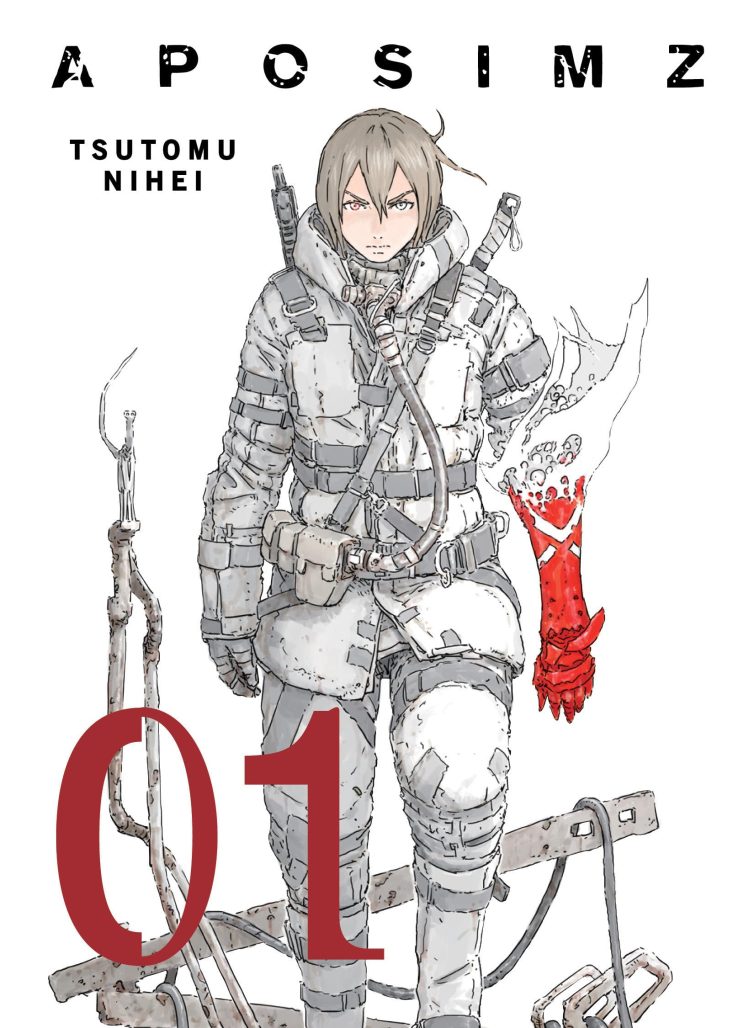
APOSIMZ
Writer & Artist: Tsutomu Nihei
Translation: Kumar Sivasubramanian
Production: Grace Lu, Darren Smith, Shirley Fang
Publisher: Kodansha (Vertical Comics Imprint)
With the artificial planet Aposimz’s extremely harsh living conditions, people of the White Diamond Beam get by to the best of their ability. One day during combat training, a stranger named Titania appears fleeing the Rebedoan Empire. When Etherow and his peers take her in, the Empire retaliates, wiping out the entire White Diamond Beam settlement. Titania saves Etherow moments before he passes away, turning him into a “regular frame” with exceptional powers. So begins their journey to face the ruthless Empire.
APOSIMZ is a completed sci-fi and action series from Tsutomu Nihei, the renowned creator of BLAME! and Knights of Sidonia. For reasons unknown, even to me, APOSIMZ is the only manga I’ve completed among the three. Not that I disliked them; I even watched Knights of Sidonia and looked forward to each episode! This wrongdoing of mine shall be corrected in the near future.
Fantasy and sci-fi are confusing genres for me because most creators build their own worlds from scratch and introduce so many fictional elements, objects, and concepts. And I can’t remember names to save my life. It’s not like remembering a minor detail from an older volume. Even the name of a character from the previous page is already lost in the ether upon my turning the page.
Nihei loves his made-up concepts. This series drops you into the middle of things and expects you to put the story together piece by piece. I don’t blame Nihei, though. He’s outstanding and very detail-oriented. So if you’re like me, or simply find it hard to get into alien worlds, don’t give up. Once you get into the APOSIMZ groove, its politics and action suck you in.
Nihei majored in architecture, so it’s no surprise that he is exceptional at crafting worlds, buildings and landscapes. He also takes the interactions and the characters’ relationship with their environment into account. In what ways do they exist in this space? How do the climate and natural resources shape their everyday lives?
Aposimz is a bleak planet, in every sense of the word. But compared to how ominous and dark BLAME! looks, the world’s extremely white here. The planet is too bright with very few contrasting elements and feathery light linework that you can hardly make out at times. It’s a curious choice and one I came to enjoy very much.
If you’re looking for a completed series set in an eerily captivating world where people do everything they can to survive and form connections, give APOSIMZ a chance! — Merve Giray
Follow Beat’s Bizarre Adventure to get weekly manga and webtoon recommendations!


